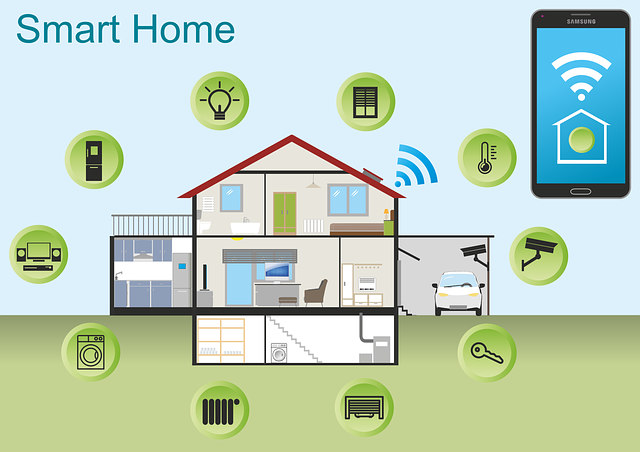The journey of transforming a traditional house into a smart home is an exciting venture that combines convenience, security, and efficiency. At the heart of this transformation is the development of a custom app designed to control and monitor various IoT devices within the home. From lighting systems and thermostats to security cameras and entertainment units, a well-designed app can integrate these elements into a cohesive and user-friendly interface. This guide delves into the key considerations and steps in creating an app that turns houses into smart homes, highlighting the significance of choosing the right tools and technologies, such as the comparison between for Bluetooth Low Energy (BLE) integration.
Understanding the Basics of Smart Home Technology
Smart home technology revolves around the concept of automating and centralizing control of various household devices and systems. This technology not only offers convenience but also contributes to energy efficiency and enhanced security. The foundation of a smart home app development involves understanding the communication protocols, such as Wi-Fi, Zigbee, and BLE, which enable seamless interaction between the app and smart devices.
Choosing the Right Framework
When it comes to app development, selecting the right framework is crucial. React Native has emerged as a popular choice for developers looking to create cross-platform apps efficiently. Within React Native, BLE integration is essential for communicating with smart devices. Developers often find themselves choosing between react-native-ble-plx vs react-native-ble-manager. Each library offers distinct features and capabilities, and making an informed decision is key to developing a robust and reliable smart home app.
Designing the User Interface
The user interface (UI) of your smart home app should prioritize simplicity and intuitiveness. Users should be able to easily navigate through the app, control devices with minimal taps, and customize settings according to their preferences. Incorporating feedback mechanisms, such as visual confirmations of commands and real-time status updates, enhances the user experience further.
Ensuring Security and Privacy
Given the nature of smart home apps, security and privacy are paramount. Implementing strong encryption for data transmission, requiring authentication for app access, and ensuring compliance with privacy laws are essential steps in protecting users’ information and maintaining their trust.
Integrating with Various Devices
One of the challenges in developing a smart home app is ensuring compatibility with a wide range of devices from different manufacturers. This requires a flexible and modular approach to app development, where adding support for new devices does not necessitate a complete overhaul of the app’s codebase.
Testing and Debugging
Thorough testing is critical to ensuring the reliability of your smart home app. This includes functional testing to verify that all features work as intended, compatibility testing with various devices and operating systems, and user testing to gather feedback on the app’s usability. Debugging tools and frameworks within the React Native ecosystem can aid in identifying and resolving issues during development.
Launching and Updating Your App
After development and testing, the next step is to launch your app. However, the work doesn’t stop there. Continuous monitoring for bugs, user feedback, and technological advancements in smart home devices will necessitate regular updates to your app. This ensures that your app remains compatible with new devices, improves based on user feedback, and incorporates the latest security measures.
Conclusion
Developing a smart home app is a rewarding project that can significantly enhance the convenience and efficiency of household management. By carefully selecting the right technologies and frameworks, such as making an informed choice between react-native-ble-plx vs react-native-ble-manager, and prioritizing user experience and security, developers can create powerful apps that transform houses into connected and intelligent homes. As smart home technology continues to evolve, staying informed and adaptable will be key to success in this dynamic field.
